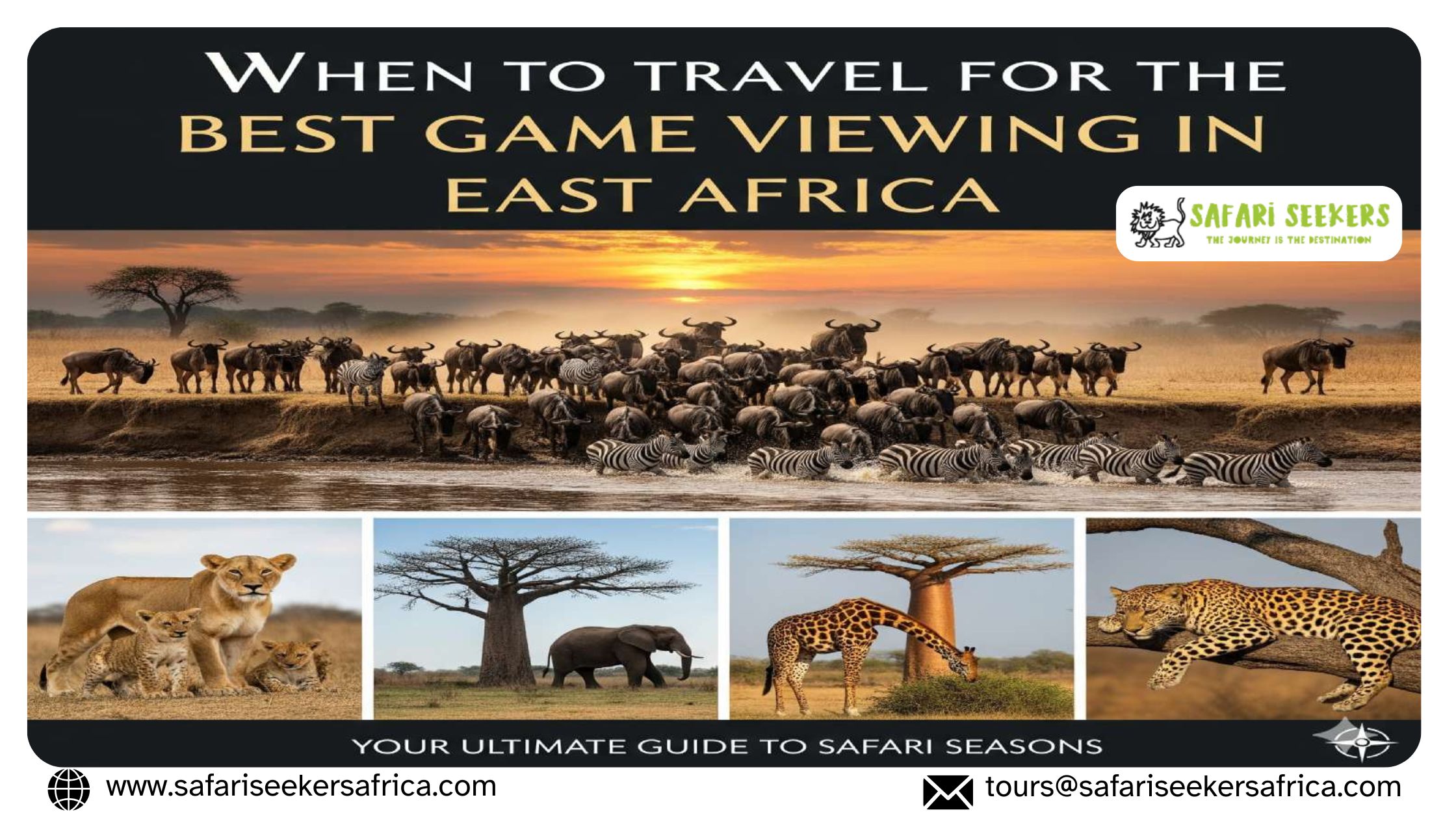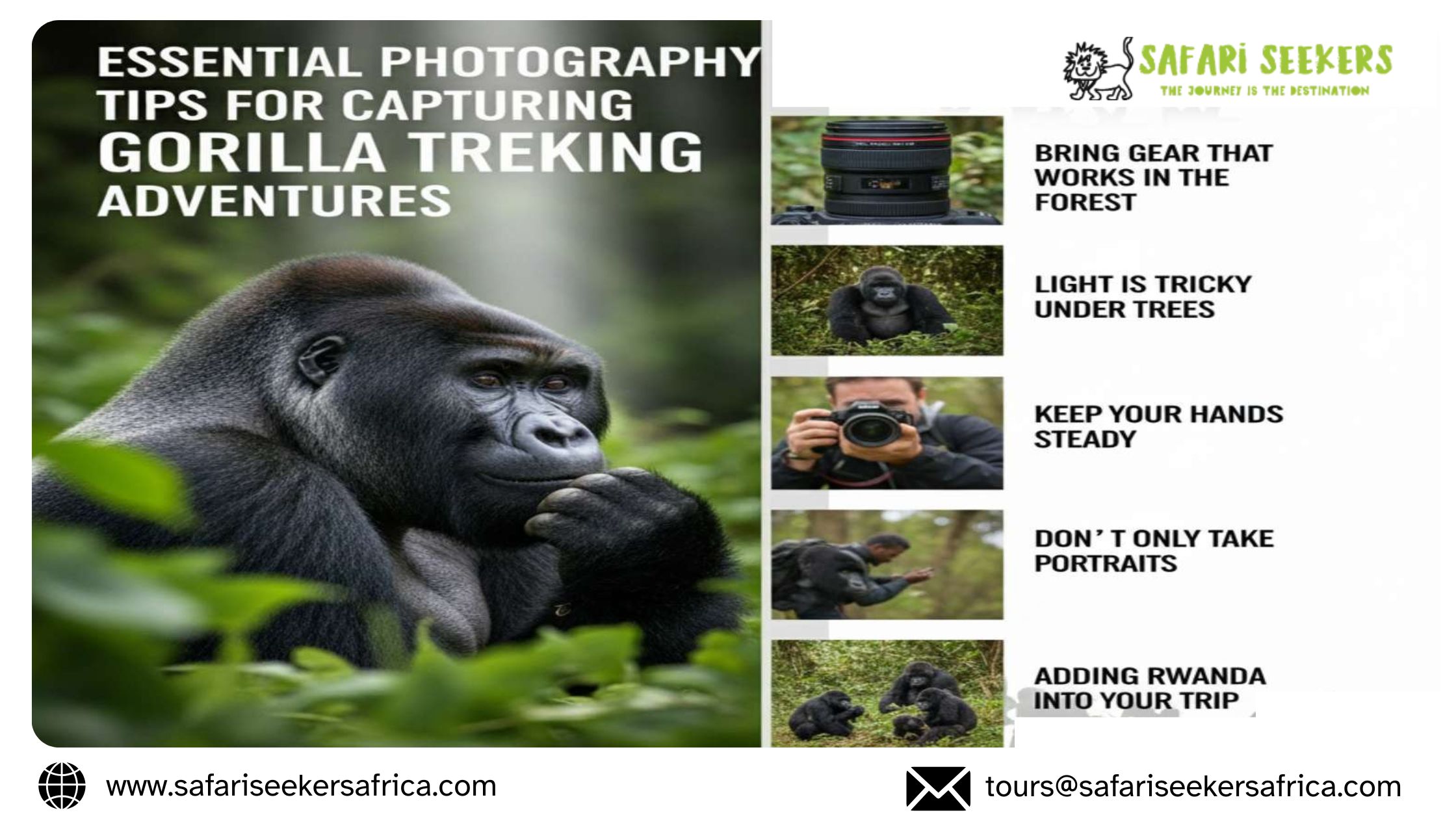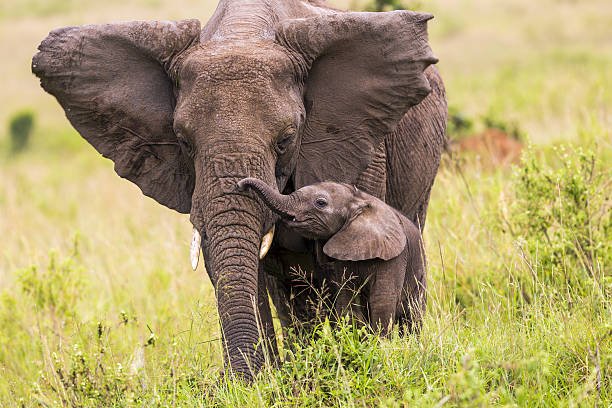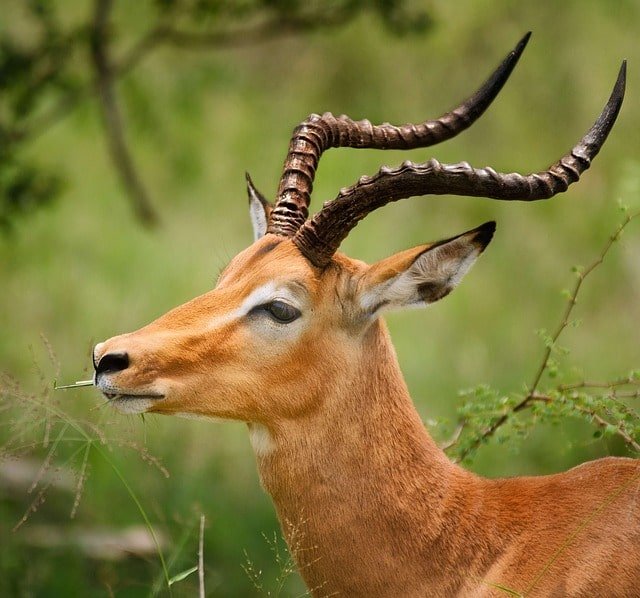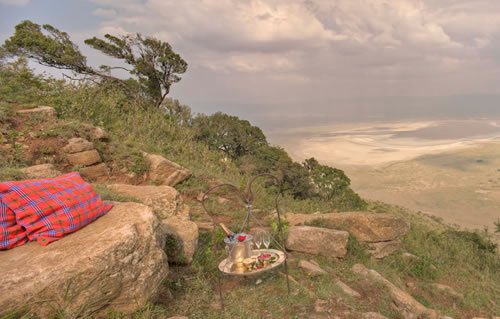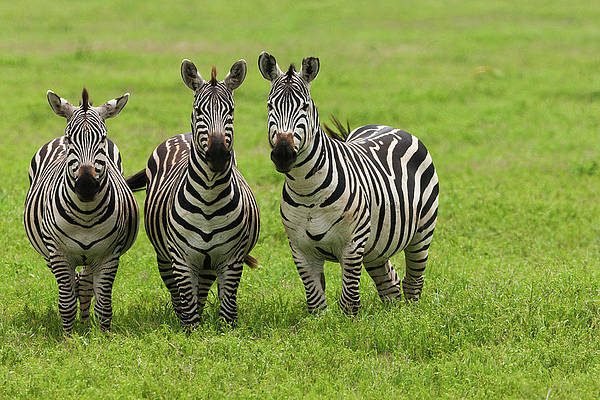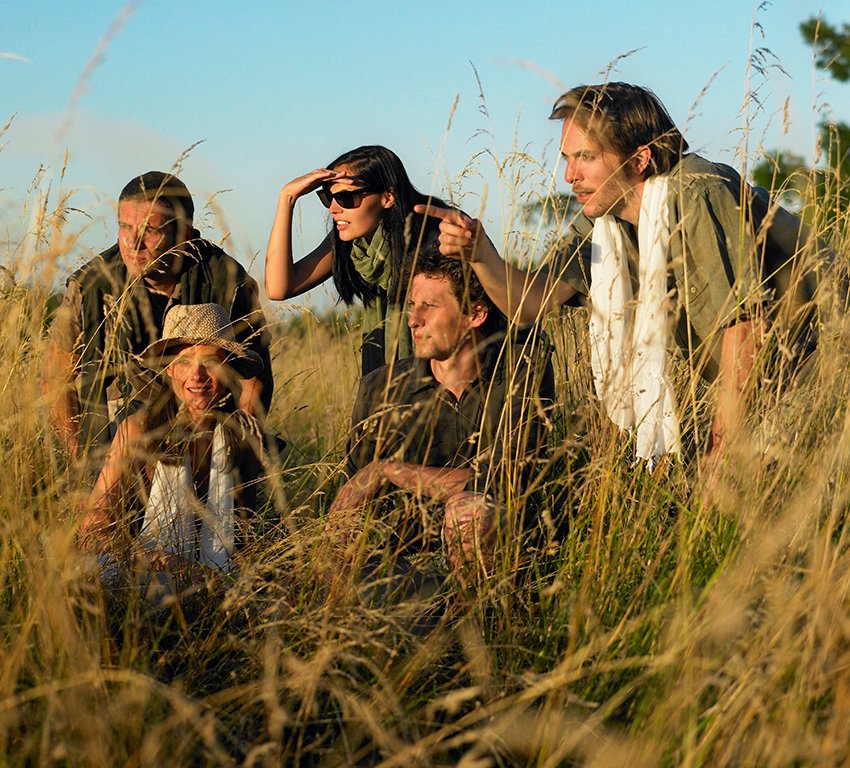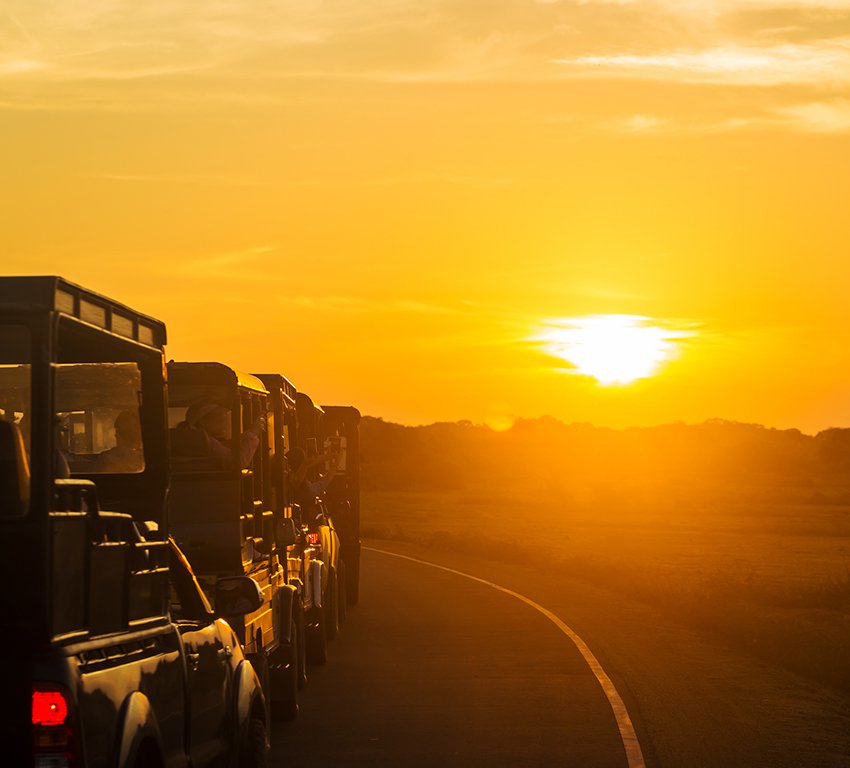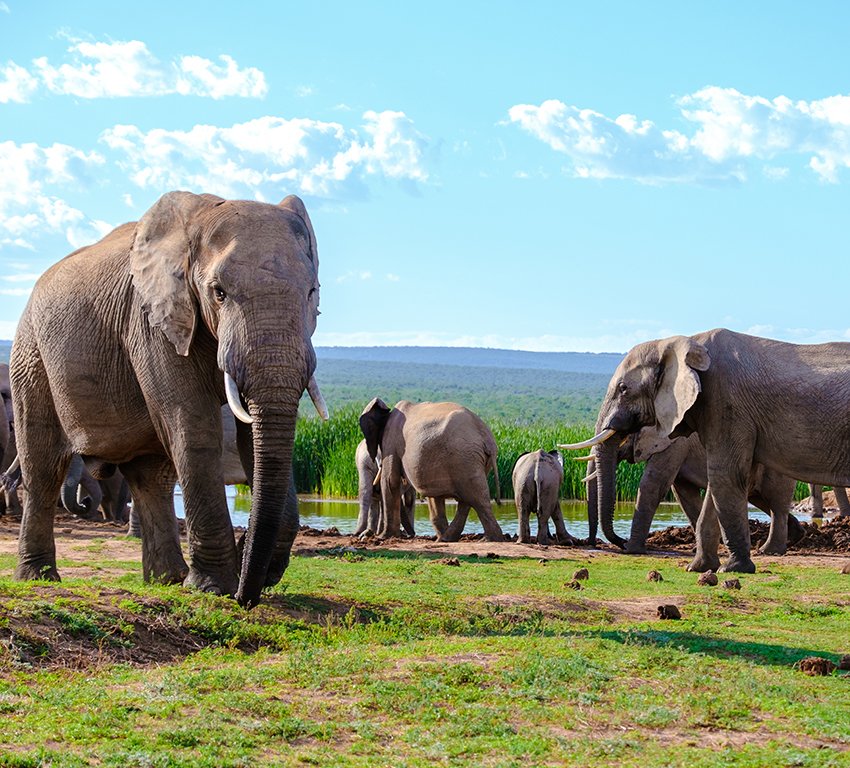A Thrilling Escape: Tsavo East NP and Taita Hills Salt Lick Game Sanctuary Safari
Embarking on a short safari trip like 3 Days Tsavo-Saltlick Safari is an opportunity to immerse yourself in Kenya’s natural wonders and untamed beauty of wilderness. Nestled in the heart of East Africa, this unique adventure promises an unforgettable experience filled with close encounters with diverse wildlife, stunning landscapes, and a glimpse into the region’s rich cultural heritage. Let us explore what to expect from this incredible safari journey!
Tsavo East National Park: Where the Wild Roams Free
Spread across 13,000 square kilometers, Tsavo East National Park is one of Kenya’s largest and oldest national parks, renowned for its untamed landscapes and abundant wildlife. As you venture into this vast expanse, be prepared to be captivated by the sheer diversity of animals that call it home.
From the majestic African elephants and elusive leopards to graceful giraffes and lions- Tsavo East offers an up-close and personal encounter with the Big Five.
The park’s distinct geography adds to the allure of the safari. The Yatta Plateau, one of the world’s lengthy lava flows, stretches across the horizon, creating a striking contrast against the backdrop of acacia-dotted plains and lush oases.
Keep your camera ready as you witness the drama of predator-prey interactions and the serene elegance of herbivores quenching their thirst at the Galana River.
Taita Hills Salt Lick Game Sanctuary: A Sanctuary of Tranquility
Located within the Taita Hills- the game sanctuary is privately owned and offers a unique twist to the traditional safari experience. The Taita Hills Salt Lick Lodge, designed to resemble a medieval fortress, offers unparalleled views of a waterhole that attracts diverse wildlife species. Imagine waking up to the sight of zebras, gazelles, and even the endangered reticulated giraffes right outside your window.
One of the highlights of this sanctuary is the underground tunnel and bunker that provide an eye-level perspective of the animals as they quench their thirst or nibble at the salt-rich soil. This innovative design sets the stage for some of the most intimate and breathtaking wildlife encounters you’ll ever experience.
Cultural Immersion and Local Interactions
While the wildlife steals the spotlight, don’t forget that Kenya’s rich cultural heritage is integral to your safari experience. Exploring local communities assists you with finding out about their lifestyle and customary traditions.

The Joy of Night Safaris
Tsavo East and Taita Hills offer the unique opportunity of embarking on night safaris. When the sun sets, the nocturnal creatures awaken, and the safari takes a different dimension. Your guide will help spot nightjars, owls, and the rarely-seen African civet. The suspense and anticipation of what might appear add excitement to your adventure.
Conclusion
Planning a short trip- like 3 Days Tsavo-Saltlick Safari with Safari Seekers promises to stir your senses and ignite your spirit of exploration. From the exhilarating wildlife encounters to the tranquil beauty of the landscapes, we ensure your journey offers a taste of Kenya’s natural wonders and cultural treasures. As you depart, you’ll carry the photographs, memories, and a newfound appreciation for the delicate balance of life in these remarkable ecosystems.
Contact us at +254 707 969 268 or tours@safariseekersafrica.com to discuss your short Kenya safari trip requirements to explore the Taita Hills Salt Lick Game Sanctuary and Tsavo East NP!



